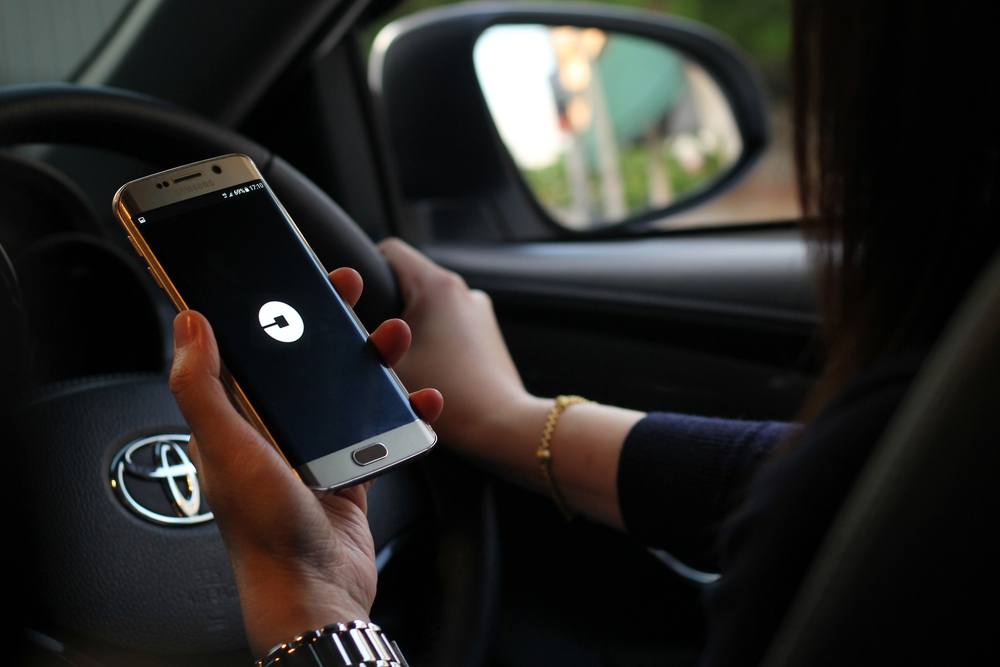Key takeaways
- Fans faced Uber surge pricing over $1,000 at the 2025 Ryder Cup
- Limited transport options drove demand through the roof
- Golf influencer Paige Spiranac exposed the chaos in a viral video
- Better event planning can protect fans from price gouging
Fans Suffer from Uber surge pricing at the Ryder Cup
The 2025 Ryder Cup at Bethpage Black in New York promised thrilling golf. Yet many fans found themselves stuck miles from the course. As they tried to leave, they faced Uber surge pricing that topped $1,000 for a short ride. This problem spread fast on social media. Golf influencer Paige Spiranac showed the confusion in a viral video. As a result, the episode raised big questions about event logistics and fan treatment.
Inside the Uber surge pricing madness
Uber surge pricing jumped so high because demand far outpaced supply. Thousands of fans piled into the venue each day. Meanwhile, few cars could enter the nearby roads. Therefore, Uber drivers charged massive fees to handle the crowd. Many visitors could not believe the sky-high fares. Furthermore, some fans waited for hours just to find a ride home.
High Demand, Low Supply
First, the Ryder Cup drew huge crowds. Fans came from across the U.S. and abroad. They wanted to watch top golfers compete in match play. However, Bethpage Black is in a semi-rural area. Local roads and parking spots did not match the event’s scale. Consequently, rideshare apps struggled to keep up. Cars were scarce, and waiting times soared.
Why Event Logistics Matter
Good event planning can ease fan travel. In this case, better shuttle services might have helped. For example, organizers could have set up park-and-ride lots with regular buses. Alternatively, they could have worked with rideshare companies to limit surge pricing. If they had capped fares, no fan would face a four-digit bill. Therefore, improving transport options is key for future events.
Paige Spiranac Spots the Chaos
Golf influencer Paige Spiranac visited the venue each day. She posted a video showing fans glued to their phones. They stared in shock at the surge prices. One fan’s ride cost more than many tickets. Spiranac’s followers saw the clips go viral. As a result, major sports news outlets picked up the story. This incident shows how social media can expose real-time problems.
Steps to Avoid Future Price Gouging
First, organizers can negotiate flat rates with rideshare services. This move would prevent wild price swings. Second, they can add more official shuttles and buses. Third, they might offer map tools that display real-time shuttle locations. Finally, event staff can guide fans to designated pick-up and drop-off zones. With these steps, fans avoid paying unfair rates and enjoy the game.
Impact on Fans and the Sport
Fans come to big golf events for the atmosphere, not to spend a fortune on short rides. When they face hidden fees, their focus shifts from the sport. Moreover, word of mouth can harm the event’s reputation. If future visitors expect price gouging, they may skip the trip. Therefore, safeguarding fans’ budgets also protects the sport’s image.
How Rideshare Companies Can Help
Rideshare services have tools to manage surge pricing. They can set surge caps in select zones. Also, they can deploy extra drivers for big events. By partnering with event organizers, they can share real-time demand data. This cooperation benefits both the service and the fans. Without action, rideshare companies risk losing trust.
Looking Ahead: Better Logistics, Happier Fans
As the Ryder Cup moves on to new courses, organizers must learn from Bethpage Black. They need to plan every detail of fan transport. Meanwhile, rideshare apps and local authorities can join forces. Together, they can ensure no fan pays an outrageous fare again. Ultimately, a smooth travel plan makes for a great sporting memory.
FAQs
How did surge pricing reach over $1,000?
Surge pricing rose because so many fans needed rides but few drivers could reach the venue. High demand plus limited road access created extreme price spikes.
Can rideshare companies stop price gouging during big events?
Yes. They can cap surge fees in high-demand zones and add extra drivers. Partnering with event organizers can also help them control prices.
What can fans do to avoid high ride costs?
Fans should look for official shuttles, park-and-ride services, or carpools. Booking rides early and checking alternative routes can lower prices too.
What lessons did future event planners learn?
Organizers saw that transport under-planning harms fans. They now know to add shuttle buses, negotiate flat rates, and work closely with rideshare companies.

